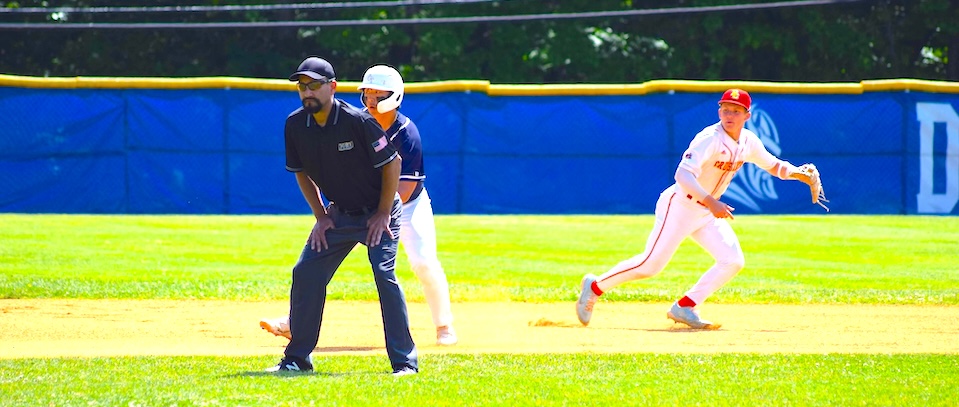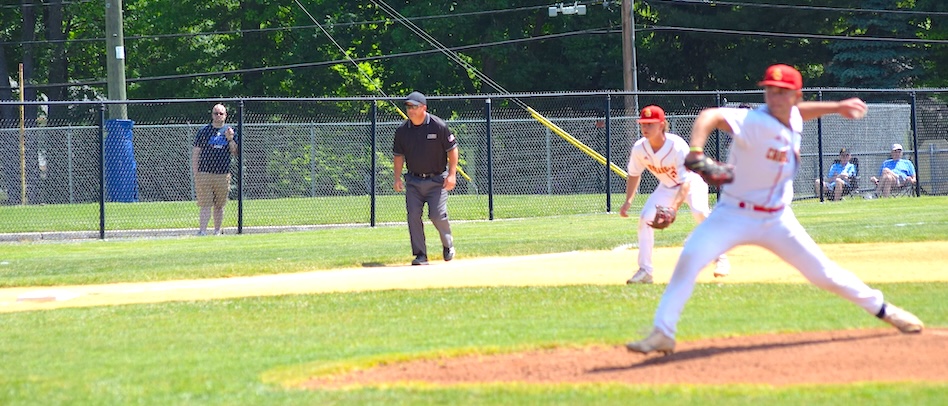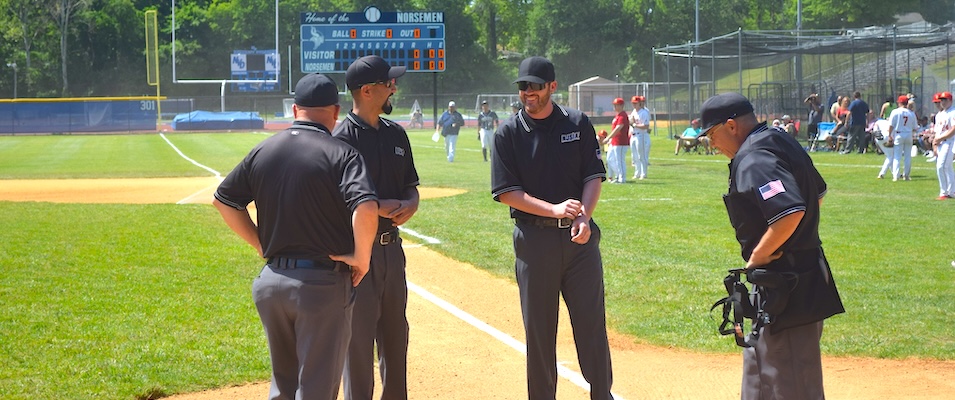BCUA HALL OF FAME
Submitted by bcua on Mon, 04/03/2017 - 7:49pmBelow you will find a Hall of fame application: The Criteria for Hall of Fame Nomination:
Criteria for Hall of Fame Membership:
1. Member must have minimum of 10 years as an active member in the BCUA.
2. Member may be former or active in the Association.
3. Nominations for this recognition must be received in writing by the Secretary who will forward the nomination to the Hall of Fame Committee Chairperson. Members of the Hall of Fame Committee are prohibited from submitting nominations. The nomination must include a narrative of how the member meets or exceeds the criteria for selection.
4. The following criteria will be used to determine admission to the Hall of Fame:
A. Member must have served in a positive capacity for the association (i.e.: Officer, Committee Chair, Executive Committee, Any Committee member, etc.)
B. Member must have distinguished him/herself as an umpire representing the BCUA in a positive manner (i.e: County/State Tournament, Charity)
C. There must be no issue regarding integrity or honesty in their service to the BCUA.
d. The member must be approved by 75% of the Hall of Fame Committee present. Four members represent a majority of the Committee.
8. Once approved by the Hall of Fame Committee, the choice(s) will be forwarded to the
Executive Committee, where a majority of those voting in favor would gain approval.
9. The new Hall of Fame Member, once approved, would be notified in writing by the Secretary of this honor and invited to the next association banquet or general membership meeting to receive recognition of the honor.
10. The Hall of Fame Member would be listed in a separate section of the directory.





